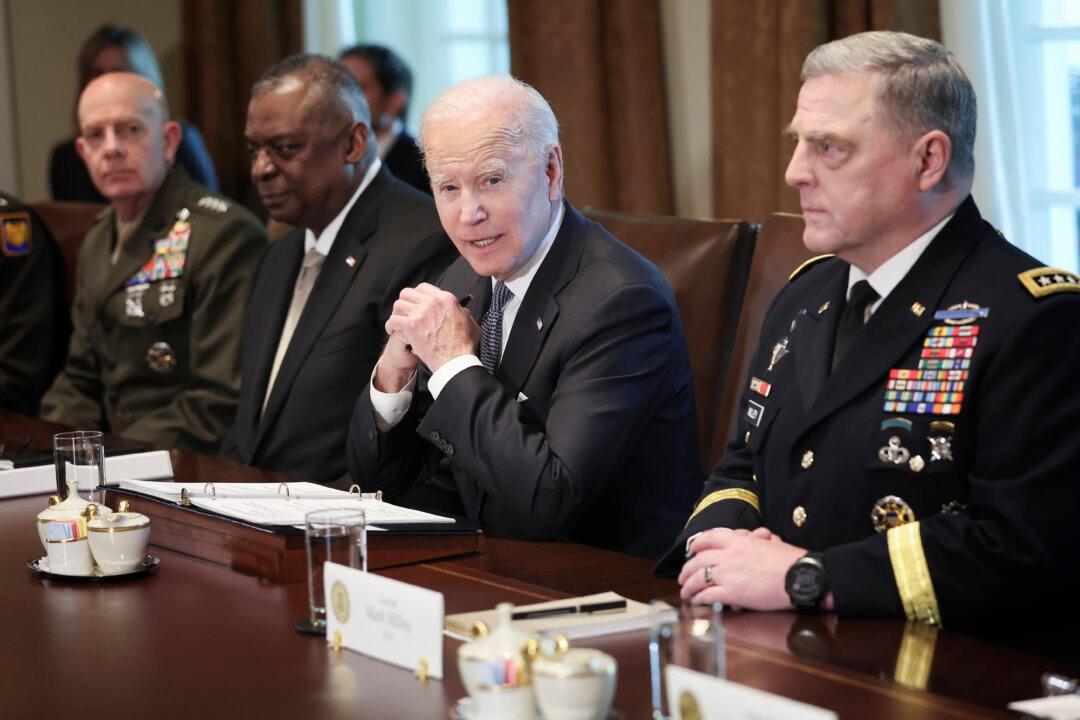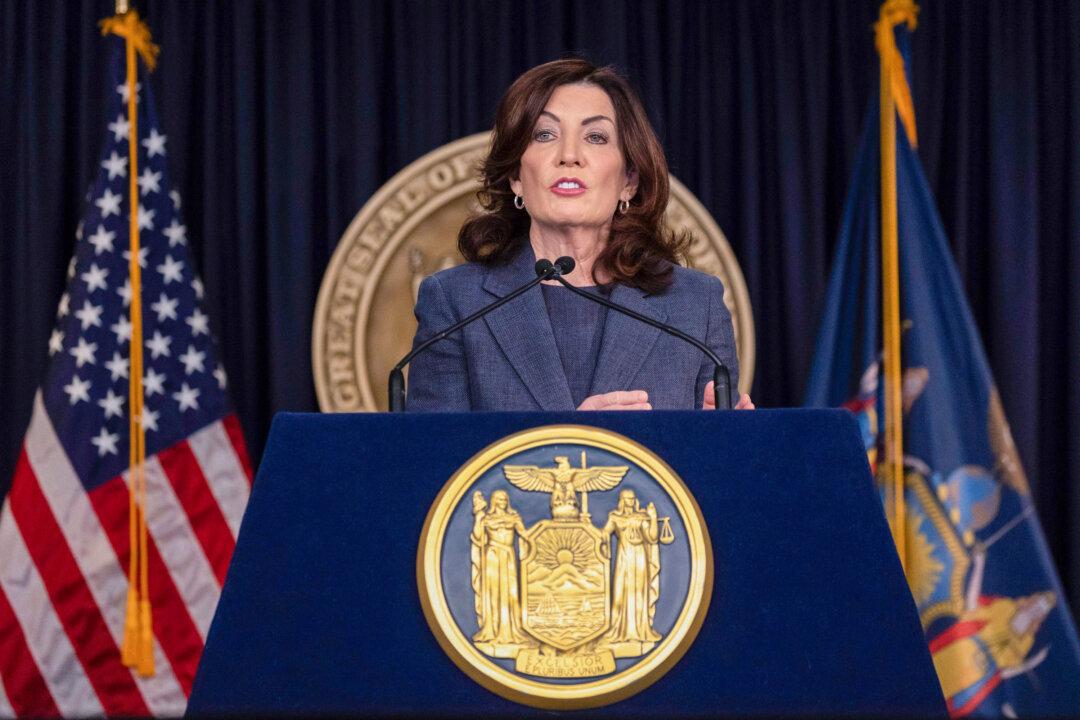As the U.S. military rolls out its new fitness test, which imposes different physical standards and requirements for men and women, longtime defense analysts and observers say that the push for diversity and inclusion—a trend that accelerated under President Barack Obama and that the Biden administration has aggressively carried forward—undermines combat training and readiness.
“The Biden administration has assigned priority to diversity, inclusion, and equity as the primary criteria. That is a key decision and from it flows everything else that is problematic” in the military today, said Elaine Donnelly, founder and president of the Center for Military Readiness, a public policy organization in Livonia, Michigan.





